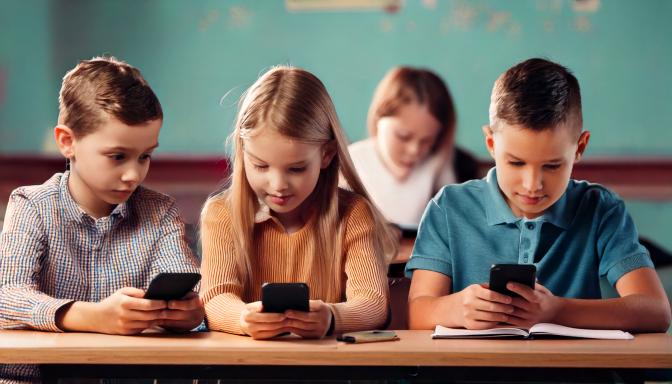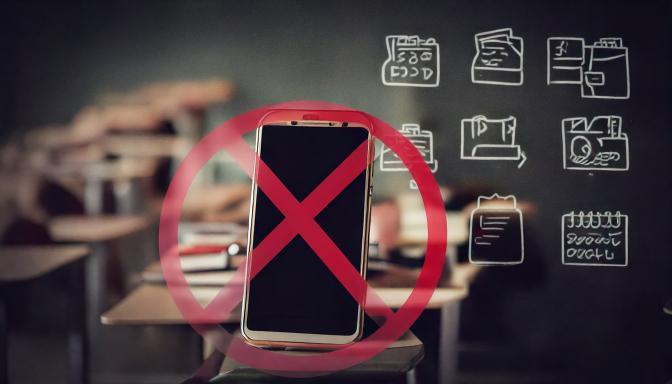Danish schools are ringing in the new academic year with a major shift—students must lock up their smartphones during school hours. Aiming to improve focus and academic performance, Danish educators and policymakers see this change as essential for maintaining a productive learning environment. This move is part of Denmark’s broader commitment to reducing digital distractions and encouraging healthier tech habits among young people.
What’s Happening & Why This Matters
As Danish students return to school, they now face strict new guidelines requiring phones to be stowed away for the entirety of the school day. Educators report that smartphone use among students has become a growing distraction, detracting from both learning and in-person interactions. Schools are introducing phone-free zones, where students place their phones in secure lockers or turn them over to designated school staff.
Educators are concerned that smartphones, while convenient, interrupt the learning process and disrupt classroom dynamics. As one teacher shared, “Smartphones make it hard for students to focus on their lessons, as they are always tempted to check notifications or chat.” With these new rules in place, schools aim to create a more engaging, interactive classroom experience without digital interruptions.
Digital Well-being and Feedback
This move by Danish schools is part of a larger conversation across Europe about digital wellbeing, especially among young people. Studies show that excessive screen time contributes to issues like sleep disruption, increased stress, and reduced social skills. By removing smartphones during school hours, Denmark hopes to set a healthier standard, promoting mindfulness and face-to-face connections. Some educators also argue that these policies encourage students to be more present, engaged, and respectful of their classmates and teachers.

While many parents support the change, viewing it as a chance for their children to focus on academics, not all students agree. Some students feel that restricting access to their phones cuts them off from a valuable resource, as they rely on their devices for research or communication. However, schools argue that the benefits of reduced screen time outweigh the downsides, as students can now redirect their attention toward their studies without digital distractions.
TF Summary: What’s Next
With smartphone restrictions in place, Danish schools are closely monitoring the impact on students’ academic performance and social behavior. Early responses suggest that students are more focused, though the long-term effects are yet to be determined. Other countries may observe Denmark’s results as they consider similar policies to balance technology use and classroom engagement. If successful, this approach could reshape how educators worldwide address digital distractions in schools, setting a new norm for tech use in academic settings.
— Text-to-Speech (TTS) provided by gspeech


